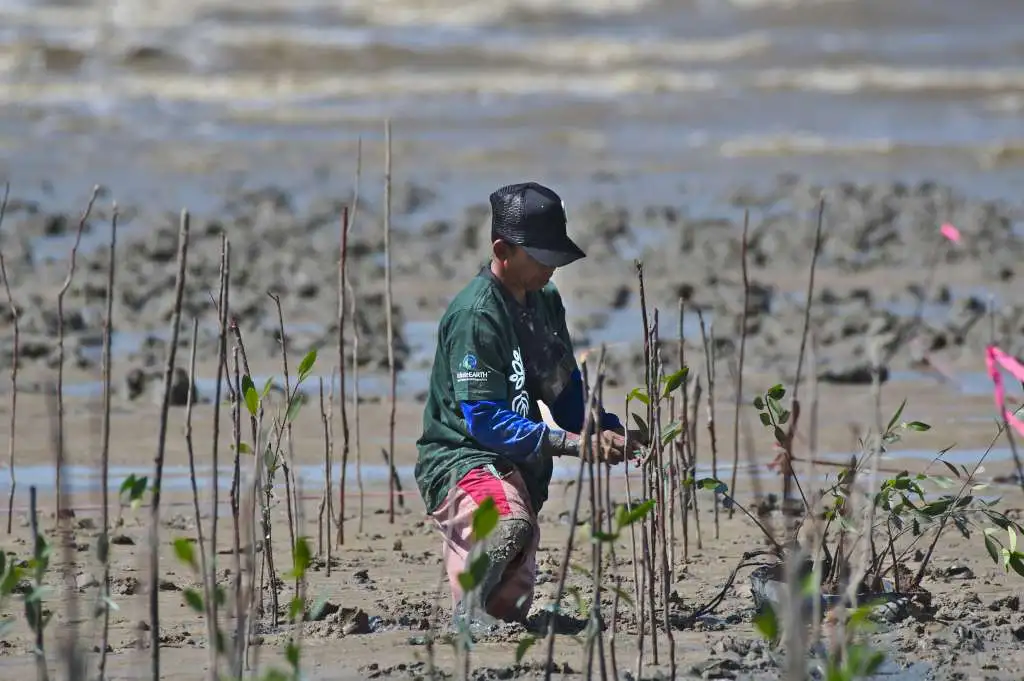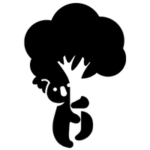Protection of low peat forest in Indonesia
Situation and background
Peatlands are a type of wetland, and they are some of the most valuable ecosystems on Earth. The word “peat bog” refers to the peat soil and wetland habitat that grows on the surface. Peat is dried peat that forms when dead trees, plants, and other organic matter build up slowly over time in areas with so much water that they can only partially break down.
These unique places store a lot of carbon. For example, the amount of carbon stored underground is up to 20 times higher than the amount stored in trees and plants. Even though they only cover 3% of the Earth’s surface, trees store more carbon than all other types of plants put together. When peatlands are cleared, drained, or burned, the carbon they hold is released as carbon dioxide into the air.
About 36% of the world’s tropical peatlands are in Indonesia, but more and more of them are being destroyed to make room for plantation crops like oil palm and acacia. The country lost an average of 498,000 hectares of forest every year from 2010 to 2020.
Project location: Borneo, Indonesië
The project
The Rimba Raya REDD+ project keeps palm oil plantations from taking over 64,500 hectares of lowland peat swamp forest. The project area is in the province of Central Kalimantan, which is on Borneo’s southern coast. This area has a lot of different kinds of plants and animals, including the rare Bornean orangutan.
The local government in the area had planned to put four palm oil plantations in the project area at first. With this project, this won’t happen. This protects the peat area, which is home to 120 endangered species, and stores the carbon from organic matter. In addition, as long as the habitat is there, this area will continue to take in carbon.
The project is the biggest one in the world to protect tropical lowland peat bogs with high conservation value (HCV). It will reduce emissions by a huge amount and protect many species on the IUCN Red List. It is thought that stopping the peatlands from disappearing would cut more than 3.5 million tonnes of emissions each year.
Rimba Raya is also the first project that Kuwi.org has helped to fund that has been certified by Verra’s Sustainable Development Verified Impact Standard (SDVista). With this standard, projects are carefully looked at to see how they affect the UN Sustainable Development Goals (SDGs). The SDVista validation reports, which you can find here, list the project’s major contributions to each of the 17 SDGs.
This effect can be seen in different parts of the project: giving solar lanterns to 1,794 local households, teaching 346 local students about sustainability, and building two watchtowers on the project site to respond quickly to any potential fire risks within the project boundary.
Verification
This project has been verified by the Verified Carbon Standard (VCS) and the Climate, Community and Biodiversity Standard (CCBS). The project is also certified by the Sustainable Development Verified Impact Standard (SDVista). You can view it here in the Verra register.



Photos












Climate solution
Restoration of peatlands
Peat areas, which are also called marshes or peat soil, are neither solid ground nor water, but something in between. Peat is a thick, dirty mixture of dead and rotting plant matter. It takes hundreds or even thousands of years to form because the swamp plants slowly die off under a layer of living plants and almost no oxygen.
Even though these unique ecosystems only cover 3% of the land area of the Earth, they store more carbon than all but the oceans! About 500 to 600 gigatons, which is about twice as much as the world’s forests. Protecting these areas through land conservation and preventing fires is a great way to control greenhouse gases around the world.
Read more on Drawdown.org




